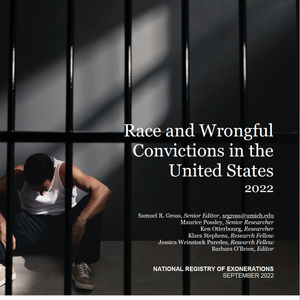In a recent article in the Ohio State Journal of Criminal Law, Dr. Jeffrey Fagan of Columbia University describes numerous serious errors in recent deterrence studies, including improper statistical analyses and missing data and variables that are necessary to give a full picture of the criminal justice system. Fagan writes, “There is no reliable, scientifically sound evidence that [shows that executions] can exert a deterrent effect…. These flaws and omissions in a body of scientific evidence render it unreliable as a basis for law or policy that generate life-and-death decisions. To accept it uncritically invites errors that have the most severe human costs.”
Since the landmark Supreme Court decision in Furman v. Georgia in 1972, dozens of studies have been performed to determine whether future murderers are deterred by the death penalty. In the past five years, Fagan writes, a “new wave” of studies has emerged, claiming that each execution prevents 3-32 murders, depending on the study. Some of these studies tie pardons, commutations, exonerations, and even irrational murders of passion to increases in murder rates.
While many of these studies have appeared in academic journals, they have been given an uncritical and favorable reception in leading newspapers. Fagan takes issue with this lack of serious and adequate peer review by fellow researchers. He analyzed this research and found that “this work fails the tests of rigorous replication and robustness analysis that are the hallmarks of good science.” His article details the flaws in these studies, including:
- inappropriate methods of statistical analysis
- failures to consider several relevant factors that drive murder rates such as drug epidemics
- missing data on key variables in key states
- statistical confounding of murder rates with death sentences
- failure to consider the effect of the general performance of the criminal justice system on the murder rate.
(Death and Deterrence Redux: Science, Law and Causal Reasoning on Capital Punishment by Jeffrey Fagan, 4 Ohio State Journal of Criminal Law 255 (2006)). See also Deterrence and Resources.
Deterrence
Apr 06, 2023




